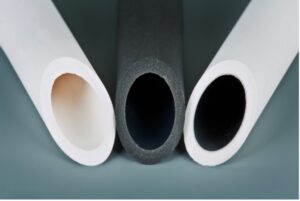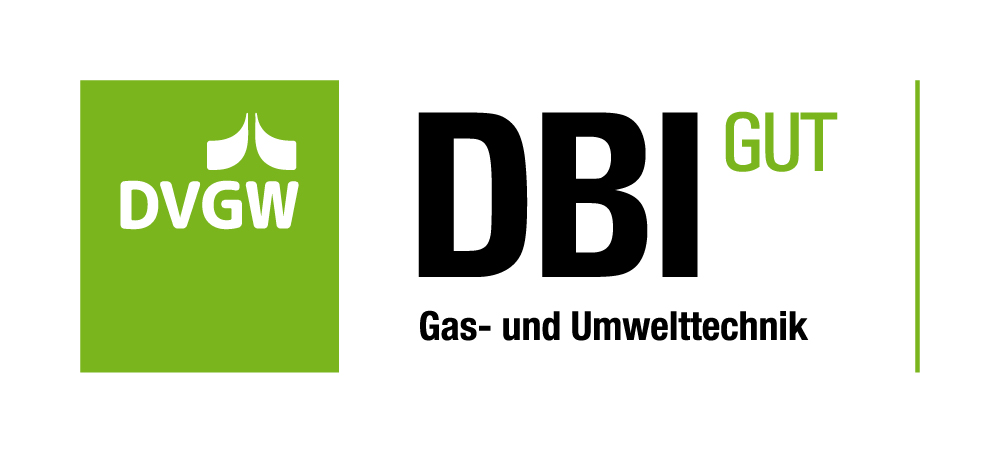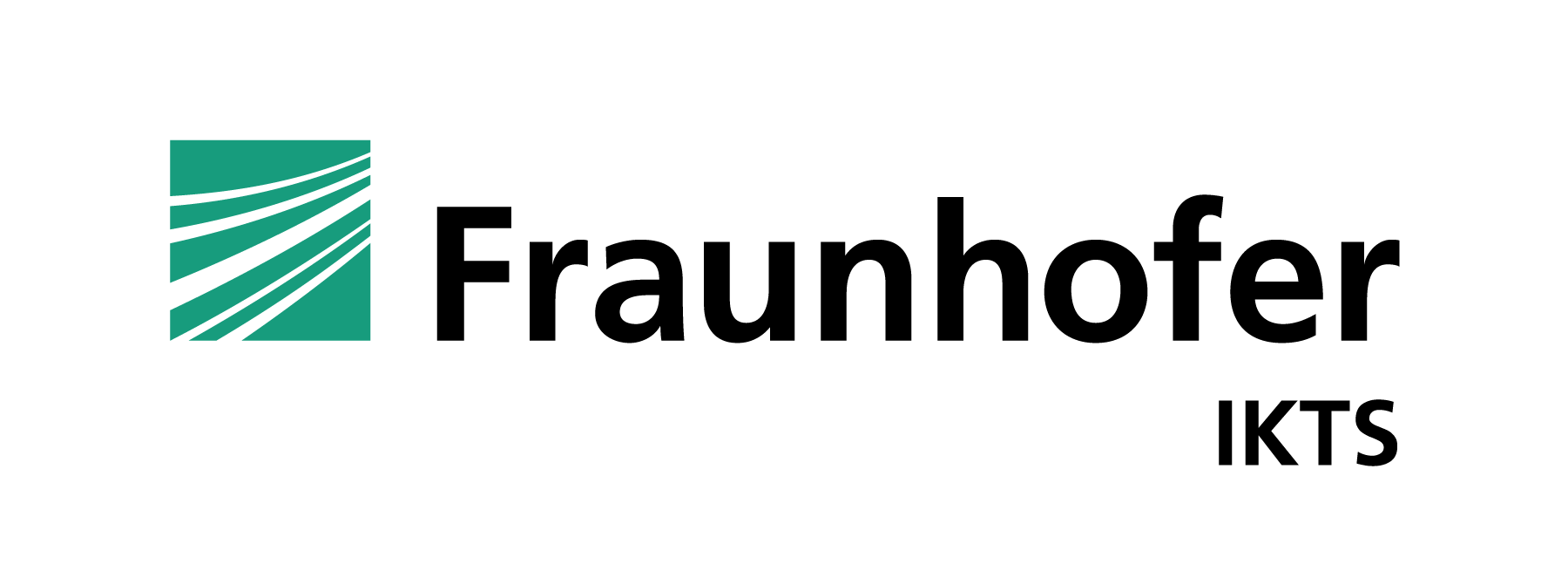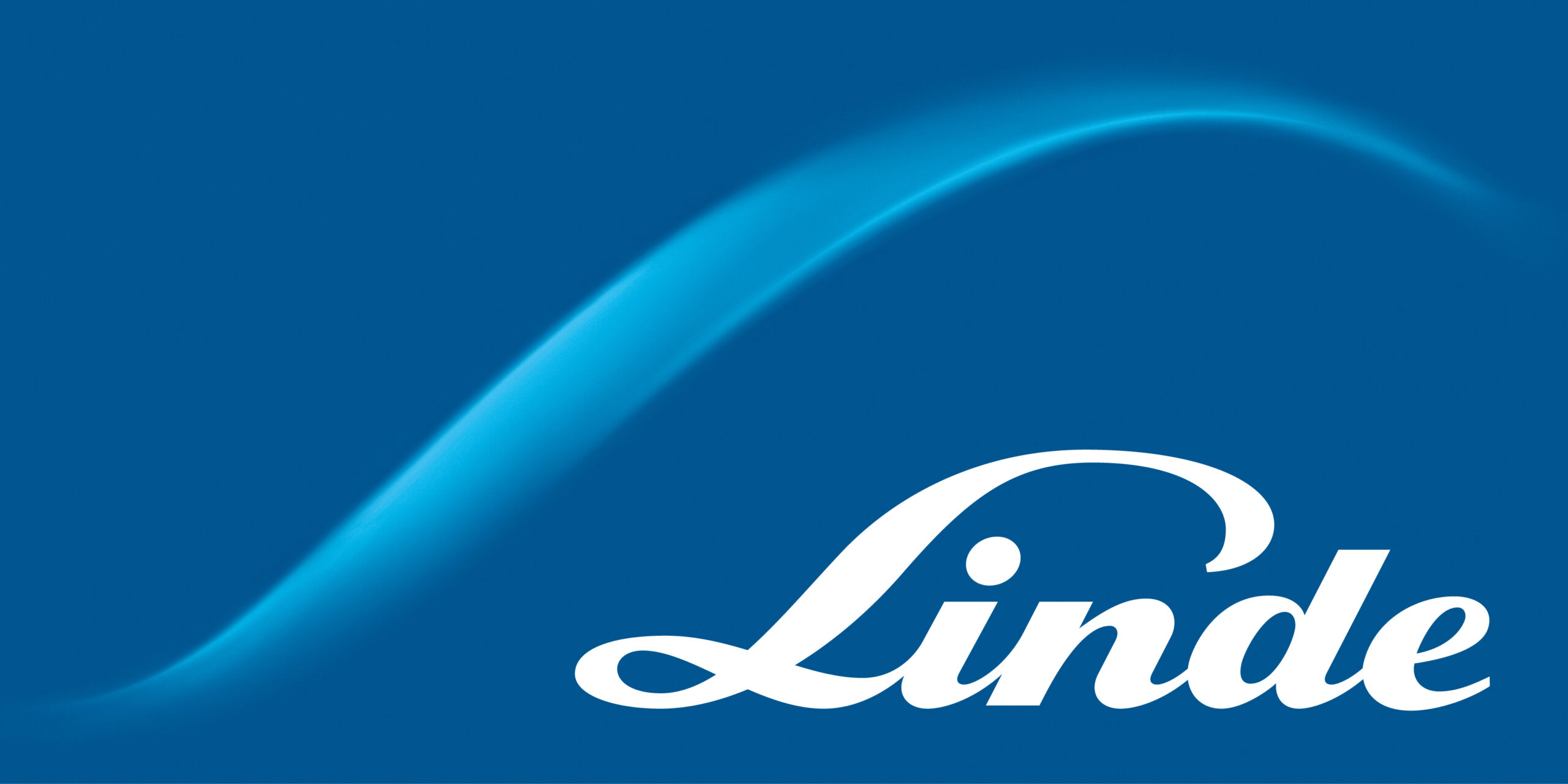Helium separation using inorganic membranes
Helium is currently extracted exclusively from natural gas. When natural gas is extracted, sources usually contain concentrations of around 0.1 – 0.3 % by volume. Only a few resources worldwide have higher concentrations. Other, currently usable helium sources do not exist. It is therefore necessary
- utilize available helium sources until the end of natural gas production
- make new helium sources usable through improved extraction technologies and
- recover helium in current applications and ideally recycle it.

Helium is extracted by liquefying natural gas. With increasing LNG production, the number of usable helium sources has risen. Nevertheless, a large number of natural gases with helium concentrations < 0.2 – 0.3 mol% are not used for helium extraction due to the high energy requirements of liquefaction. Other helium sources that do not contain natural gas were ruled out from the outset for economic reasons. Membranes could separate and enrich the helium from the natural gas and other gas mixtures with considerably less energy input. There are a few polymer membranes that can be used for this purpose. However, their selectivity and flow are limited and their mechanical stability against high pressure (compaction) and chemical stability against hydrocarbons or sulphur compounds are low.
The project therefore aims to synthesize and investigate inorganic membranes (zeolites and carbon) that are chemically and thermally stable on the one hand but have a significantly higher selectivity on the other. In addition to helium extraction, the new membrane types also open up the field of helium recovery. As an example, analytical devices, specifically gas chromatography, will be investigated in the project. Helium is used at various points, and recovery and purification are to be investigated. Investigations into the separation of hydrogen from natural gas have shown that carbon membranes can enrich H2 to purities of > 99.99 mol%, so that the recovery of high-purity helium also appears possible.
The approach is oriented along the value chain, starting with carrier production, carrier testing, membrane development and application-oriented characterization options.
The project is aimed at future-oriented separation processes using a ceramic membrane with high Helium permeance and selectivity. By using such a membrane, cost-intensive separation operations, such as cryogenic gas separation, could be replaced by energy-efficient and resource-saving membrane processes.




